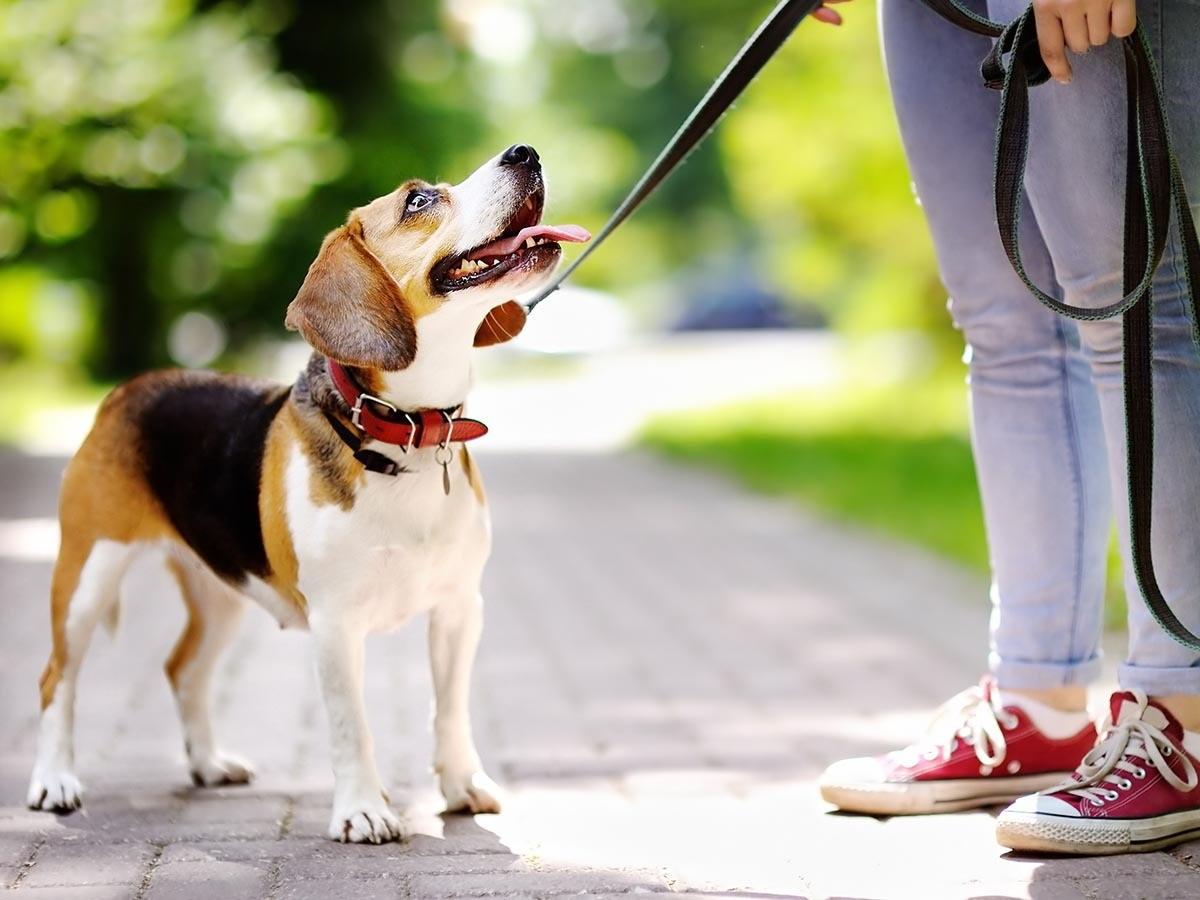If you’ve ever felt impatient while your dog sniffs every single blade of grass on a walk, you’re not alone. But here’s the thing: sniffing isn’t just a quirky habit. For dogs, sniffing is how they understand the world. Some experts even call it a dog’s version of scrolling social media - gathering updates, making connections, and exploring new “posts” left behind by other dogs.
So, how much sniffing is healthy? And when does it cross into “too much”? Let’s dig in.
Why Sniffing Matters
A dog’s nose is extraordinary. With up to 300 million scent receptors (compared to about 6 million in humans), dogs can detect layers of information we can’t imagine1. Sniffing isn’t wasted time - it’s mental exercise, stress relief, and enrichment all rolled into one.
Benefits of sniffing include:
Mental stimulation: sniffing activates the brain and helps your dog process the world around them2.
Stress relief: nose work has been shown to lower cortisol levels and help dogs relax3.
Enrichment: giving your dog sniff time strengthens trust and your relationship.
This is why trainers often recommend “sniffari walks,” where you let your pup lead with their nose instead of rushing from Point A to Point B.
How Much Sniffing Is Enough?
There’s no one-size-fits-all answer — it depends on age, breed, and energy level. But here are some general guidelines:
High-energy dogs & puppies: multiple short walks with built-in sniff breaks.
Senior dogs or lower-energy breeds: slower, shorter walks with plenty of time to pause and explore.
Average adult dog: aim for 20 minutes of free sniffing everyday – your dog will be just as tired as they would be after an hour of walking4.
Think of it like mental gym time. Just like humans need more than physical workouts, dogs need the mental stimulation of following scents.
When Sniffing Might Signal a Problem
Sniffing is healthy — but if your dog seems unable to disengage, sniffs obsessively indoors, or shows frustration when prevented from sniffing, it could point to:
If you’re noticing obsessive sniffing paired with other changes (like restlessness, weight loss, or unusual vocalizations), a vet check is a good idea.
Tips for Balanced Walks
Want to give your dog the sniff time they crave and keep walks manageable? Try these strategies:
Use a longer leash (10–15 feet) in safe areas so your dog can explore without pulling.
Schedule “sniff breaks” during structured walks. For example, “heel” for two blocks, then release for sniffing.
Add enrichment indoors with snuffle mats, puzzle feeders, or hiding treats around the house.
This way, your pup gets to flex their nose without every walk feeling like a tug-of-war.
Sniffing and Pet Health
Most sniffing is perfectly normal and even encouraged. But if your dog’s behavior changes suddenly - sniffing becomes obsessive, or they seem lethargic and disinterested in walks altogether - it may point to a medical condition.
That’s where having pet insurance can help. Spot Pet Insurance plans cover eligible vet visits, diagnostics, and even behavioral therapies for certain conditions, giving pet parents peace of mind when sniffing seems more concerning than cute.
The Bottom Line
Sniffing is more than just a quirky pastime. It’s how your dog communicates with the world, reduces stress, and stays mentally sharp. The best gift you can give your pup? A few extra minutes to “check their pee-mail.”
When in doubt, remember: if you win the first five minutes of a walk - with calm, focused sniffing - you win the whole walk.
Curious about other ways to keep your pet healthy and happy? Explore more Spot Pet Insurance blogs or learn how our customizable plans can help cover the cost of your pet’s care.

If you need a story or someone to talk to your cat like a person, I’m your person. With 3 cats, 1 dog, and a lifetime of pets, I write from experience, usually with a cat on my keyboard and a dog in my lap.
Dog Topia. “Dogtopia of Viera.” Dogtopia.com, 25 Sept. 2025, www.dogtopia.com/viera/did-you-know-your-dog-has-300-million-smell-receptors/.
VCA. “Mental Stimulation for Dogs: Sniffing Walks | VCA Animal Hospitals.” Vca, 2025, vcahospitals.com/shop/articles/sniffing-walks-for-dogs.
Scott, Sara. “Why Sniffing Is Essential for Your Dog’s Health & Behavior with Certified Dog Trainer and Behavior Specialist.” Sara’s Dog Training , 3 Mar. 2025, www.oaklanddogtrainer.com/post/why-dogs-need-to-sniff-benefits-of-sniffing.
Johnstone, Gemma . “Dog Sniffing on Walks: The Importance of Letting Your Dog Sniff.” American Kennel Club, 5 Oct. 2022, www.akc.org/expert-advice/health/is-sniffing-a-dog-s-version-of-social-media/.











